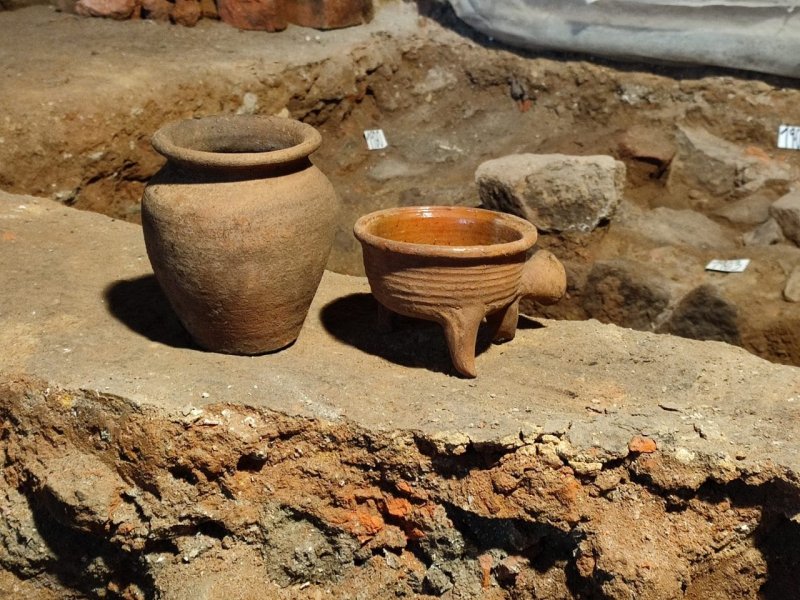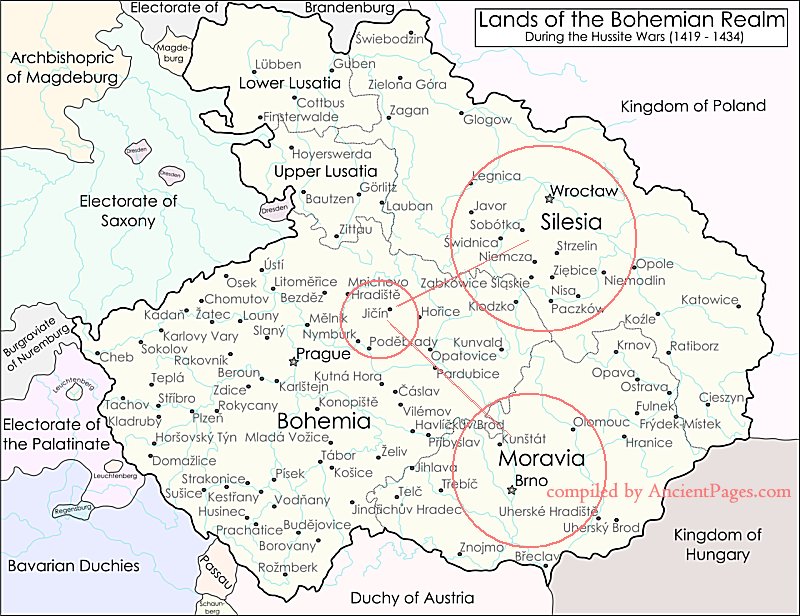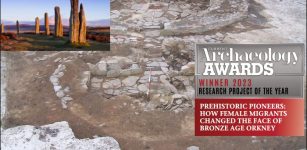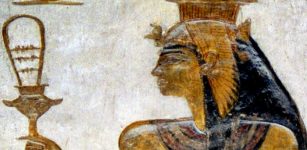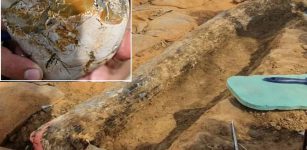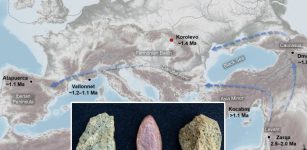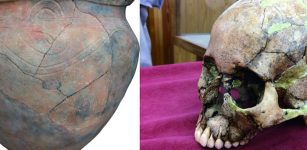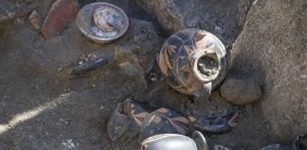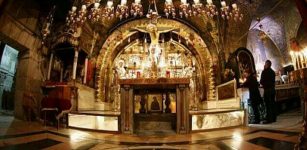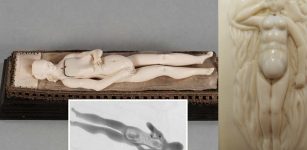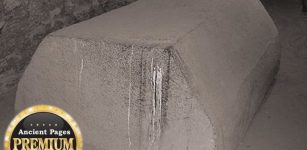Uniquely Well-Preserved Medieval Kitchen Unearthed North of Moravia
Conny Waters - AncientPages.com -A unique discovery was made by archaeologists while excavating the ruins of a medieval wooden house in the town of Nový Jičín in the Moravian-Silesian region located on the Czech/Polish/Slovak borderlands.
In the underground segments of this ancient house, the team unearthed a well-preserved kitchen that likely dates back to the early 15th century.
Exceptionally well-preserved medieval kitchen unearthed north of Moravia. Photo: František Kolář, National Heritage Institute
This medieval kitchen contains hearth, ceramic dishes, and a brick oven. Additionally, a wooden cooking spoon, was also uncovered by archaeologists during the ongoing excavation of a wooden house from the Middle Ages in the town of Nový Jičín.
“This was a log house built on a stone foundation. Given the surrounding evidence, including the items that we found inside, we have been able to date it roughly to the period of the early 15th century,” said Pavel Stabrava from the local Novojičín Museum, as cited by Radio Prague International.
Based on its location, Mr Stabrava believes that the house would most likely have belonged to a burgher family, a social class equivalent to the medieval bourgeoisie.
“Since the house was located near the town walls, this would have been a less wealthy burgher family. The richest burghers would have lived in so-called ‘beer court’ houses around the town square,” Mr Stabrava added.
Photo: Pavel Stabrava, Muzeum Novojičínska.
Most likely founded in the 1300s by the Lords of Kravaře, Nový (New) Jičín seems to have gradually evolved from an earlier settlement around the castle of Starý (Old) Jičín which protected the nearby Amber Road that ran from Poland.
František Kolář from the National Heritage Institute, who also participated in the dig said that the town would probably have been largely made up of wooden houses.
However, researchers admitted that there is not much known about the medieval settlement.
“This is because there haven’t been many archaeological excavations in the historical centre of the city. This is one of the first that have been made and we hope that we will be able to continue with excavations as the historic houses in the city get renovated,” Nr Kolář explained.
The medieval kitchenware inside the house was unearthed in perfect condition, with the unbroken ceramic pots still containing their original lids. It seems that the items had just been washed and left to dry on the stone hearth.
The team analyzed the burn marks found inside the excavated house and on the surrounding historical sources,. According to Mr Kolář, the artifacts were found in this state because the inhabitants may have been forced to abandon the house in a rush.
Compiled by Ancient Pages.com. Original background map of Lands of the Bohemian Crown during the Hussite Wars- Courtesy: Cameron Pauley - CC BY-SA 4.0
during the conquest of the city by the Hussites in 1427, when Hussite forces campaigned in Moravia and Silesia. The Hussites was a Czech proto-Protestant Christian movement that supported the teachings of reformer Jan Hus, who became the best known representative of the Bohemian Reformation.
It was the time of the so-called Hussite Wars, also known as the Bohemian Wars or the Hussite Revolution.It was a series of civil wars fought between the Hussites and the combined Catholic forces of Holy Roman Emperor Sigismund, the Papacy, European monarchs loyal to the Catholic Church, as well as various Hussite groups. Several independent historical sources mention the siege and conquest of the town of Nový Jičín, including the massacre of some of its citizens.”
The artefacts are now in the process of conservation. Later, they will be stored in the depositories of the Novojičín Museum.
No doubt, further exavation works are needed in the area because they will contribute with more knowledge about the medieval town and its inhabitants.


